

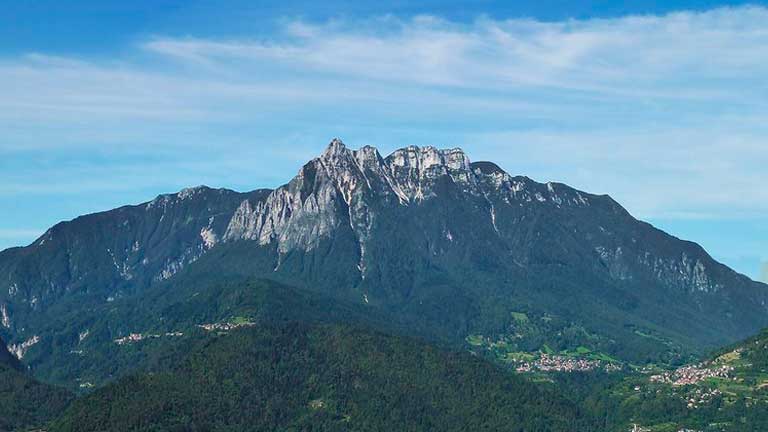
ALTOPIANO DELLA VIGOLANA
This vast municipality boasts a population of 4,974 and its capital is Vigolo Vattaro, in the Community of the Valsugana-Bernstol, in the autonomous province of Trento. The council was founded in 2015 from the merging of the former councils of Bosentino, Centa San Nicolò, Vattaro and Vigolo Vattaro.
more »
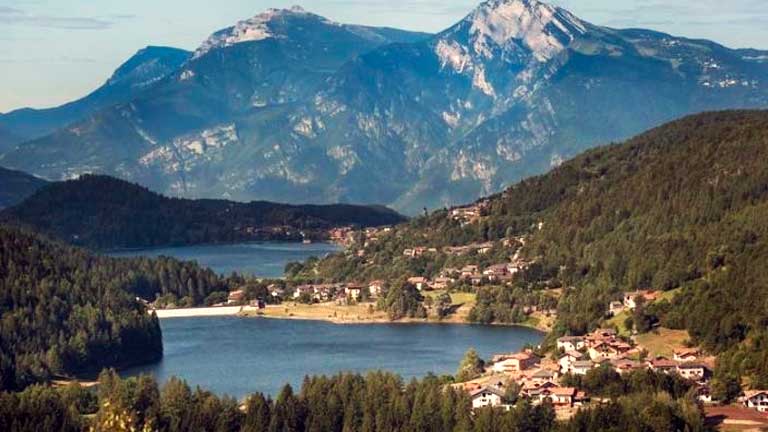
BASELGA DI PINÉ
The main centre of the Piné Plateau, this council has a population of 5,045 and is part of the Comunità Alta Valsugana e Bernstol. First mentioned in a document from 1160, the parish was constituted by a Magnifica Comunità: in the 1300s, the town saw the arrival of a large German settlement on the slopes of Mount Costalta.
more »
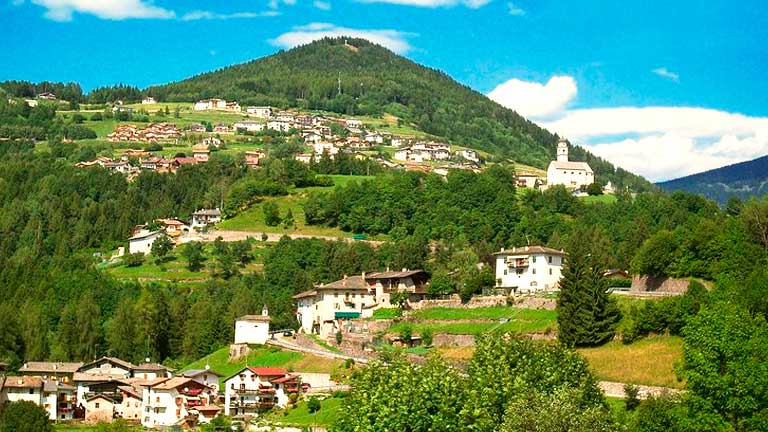
BEDOLLO
The municipality of the Piné Plateau has a population of 1,492 and nestles on the ridge with a breath-taking view over the Piazze and Serraia lakes. The Town Hall is found in Centrale. The characteristic Cascata del Lupo waterfall is worth a visit and can be found along the Rio Regnana in Centrale di Bedollo.
more »
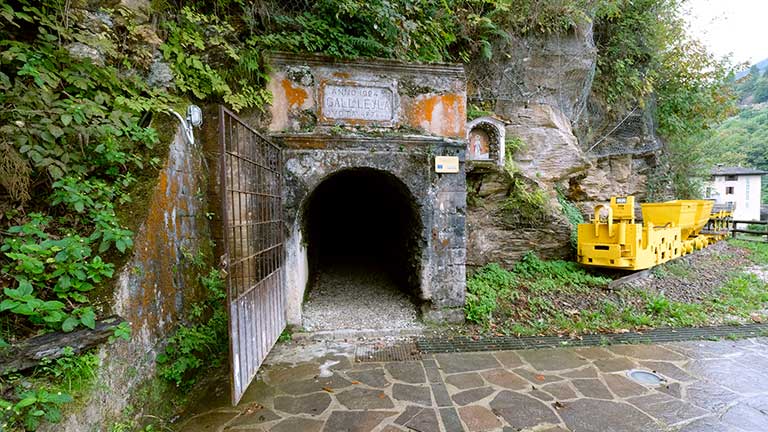
CALCERANICA
On the banks of Lake Caldonazzo, with a population of 1,361. The Mandola River, an affluent of the lake, divides the inhabited centre between Mandola to the left and Calceranica to the right.
more »
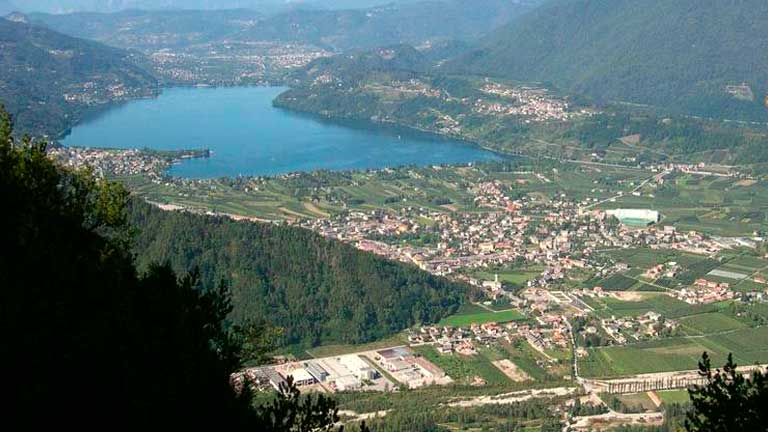
CALDONAZZO
Located on the banks of the lake of the same name, this municipality has a population of 3,698. The most important monuments include the church of San Valentino, mentioned in the XII century, and the Corte Trapp, an historical building connected to the history of the noble family of the same name.
more »
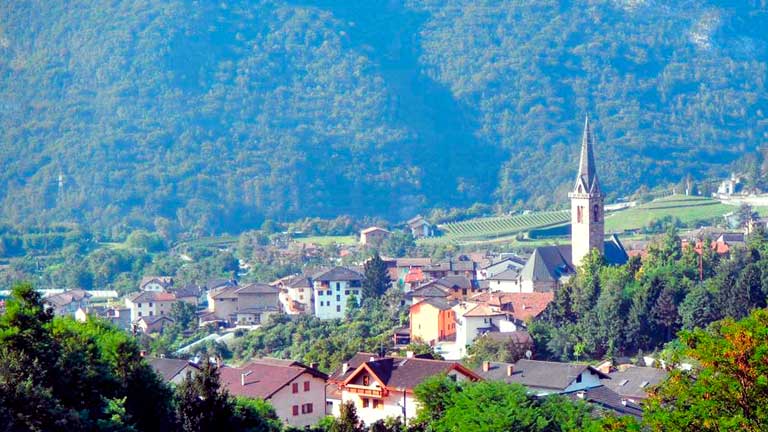
CIVEZZANO
With a population of 4,004 Civezzano acts as a sort of bridge between the Valsugana and the axis of the Adige. The site of an ancient settlement, it is renowned for the Longobard tombs that have been found there and its important holy buildings, starting with the church of the Assumption: today in Renaissance style, its first foundations dated back to the 5th century.
more »
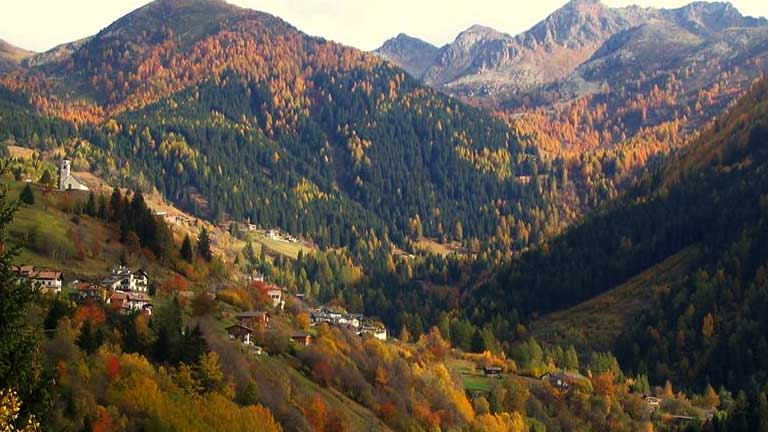
FIEROZZO - VLAROTZ
The council of Val dei Mocheni has a population of 478. The name comes from the Latin "flos", flower: in fact, Mount "Floruci" was mentioned in 1324. The council is divided into San Francesco or Fierozzo di Fuori (Ausservlarotz) and San Felice or Fierozzo di Dentro (Innervlarotz) which is where the Town Hall is located.
more »
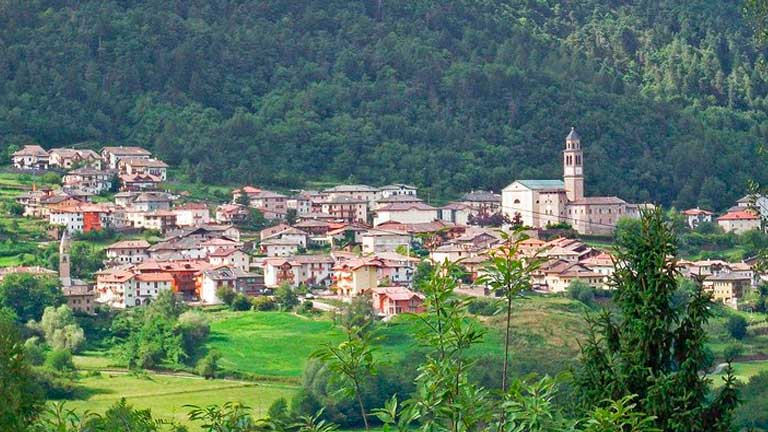
FORNACE
This council has a population of 1,336. It was first mentioned in documents in 845. The territory is closely linked to the nearby Mount Argentario and in particular to Montepiano: its name comes from the presence of furnaces in which the minerals extracted were processed.
more »
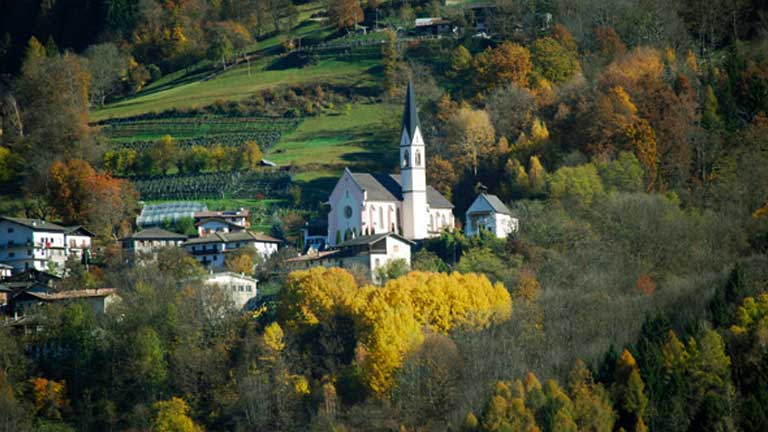
FRASSILONGO - GARAIT
This municipality - of Mocheno language and culture - has a population of 385. It includes Roveda (Oachlait), located at 1,049 metres above sea level. The village’s Italian name comes from "fratta" meaning a deforested and ploughed field, similar to the Mocheno name meaning "novale",
more »
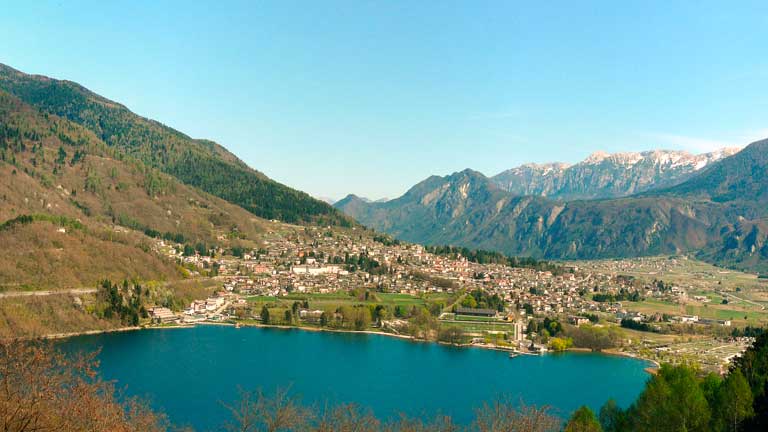
LEVICO TERME
This historical thermal area, a sought-after Hapsburg destination point between the late 19th- and early 20th- century, today has a population of around 8,000. Located higher than the valley floor of Valsugana, it is near to the lake of the same name where the Brenta River is born.
more »
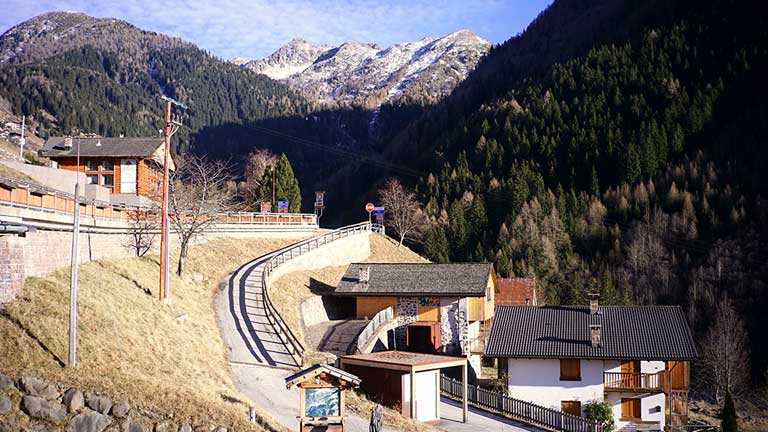
PALU’ DEL FERSINA - PALAI EN BERSNTOL
A Mocheno municipality located at 1,360 metres above sea level with a population of 165. It encompasses a number of small centres and its Town Hall is found in Lenza: another is named Canòpi - after the mining activities. The name Palù comes from "palus", meaning swampy area.
more »
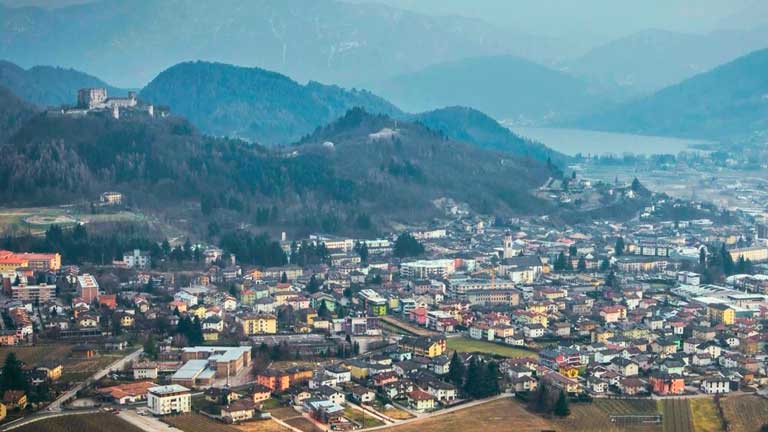
PERGINE VALSUGANA
With the third highest population in the autonomous Province of Trento, after Trento and Rovereto, it has 21,378 inhabitants. It is home to the Comunità di Valle Alta Valsugana e Bernstol head office and located at the mouth of the Fersina Valley with the Valsugana, which starts in Pergine. The inhabited centre is dominated by the bulk of the Castel Pergine. The area has a long history of human inhabitation as shown by the discovery of Rhaetian age relics in Montesei di Serso.
more »
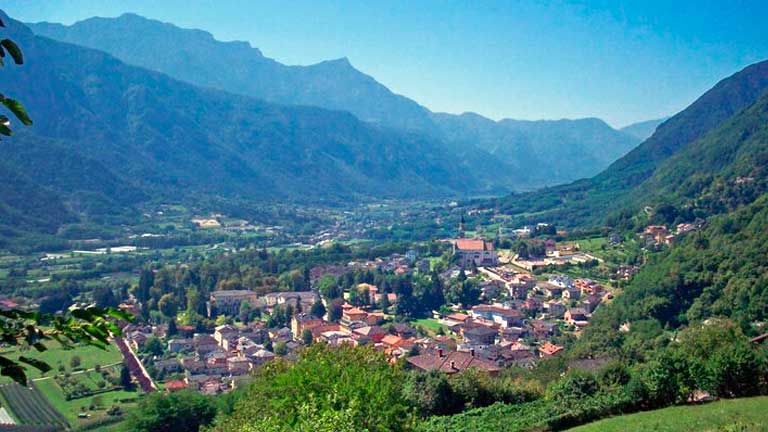
RONCEGNO TERME
This renowned thermal location today has a population of 2,888. The municipality is characterised by a large altitudinal range between the 392 metres of the valley bed along the Brenta to the 2,381 metres of the Gronlait, on the ridge that separates the basin of the Adige from that of the Brenta.
more »
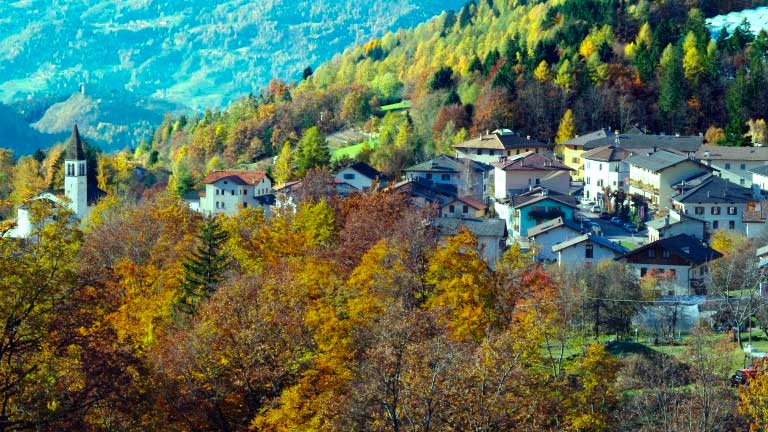
S.ORSOLA TERME
The town of Sant’Orsola Terme (in Mòcheno language Oachpergh), has 1098 inhabitants. Capital of the Valle dei Mocheni, it is located on the right bank of the Fersina stream and comprises the towns of Sant’Orsola and Mala, as well as several farms scattered on the north-eastern side of Monte Costalta.
more »
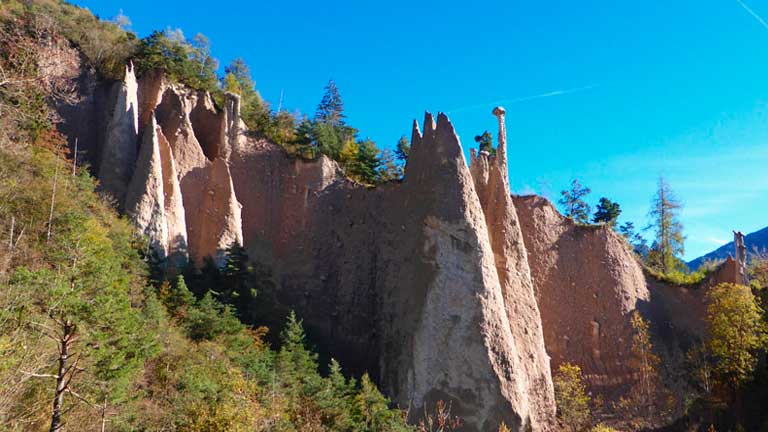
SEGONZANO
The town has 1463 inhabitants and the municipal seat is in the small town of Scancio. The settlement area dates back to the Neolithic period and its name derives from the Roman toponym "Praedium Secundianum". In the Middle Ages, the castle was the political and administrative centre of the district, gradually becoming the Trentino and Tyrolean bishopric, up to the 16th century with the barons in Prato.
more »

TENNA
more »
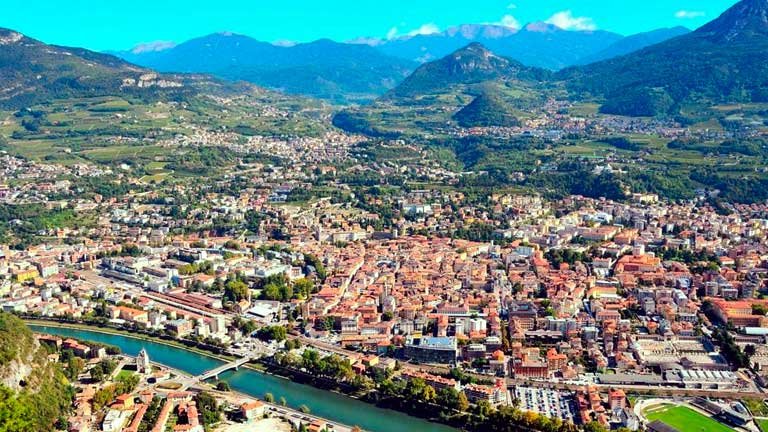
TRENTO
Trento is the historic capital of the Autonomous Province of Trento, it has 118,229 inhabitants and a very ancient history. Already a main crossroads in Ancient Roman times, it expanded during the Middle Ages until the 19th century and was the capital of the Episcopal Principality of Trento, a state entity part of the Holy Roman Empire.
more »
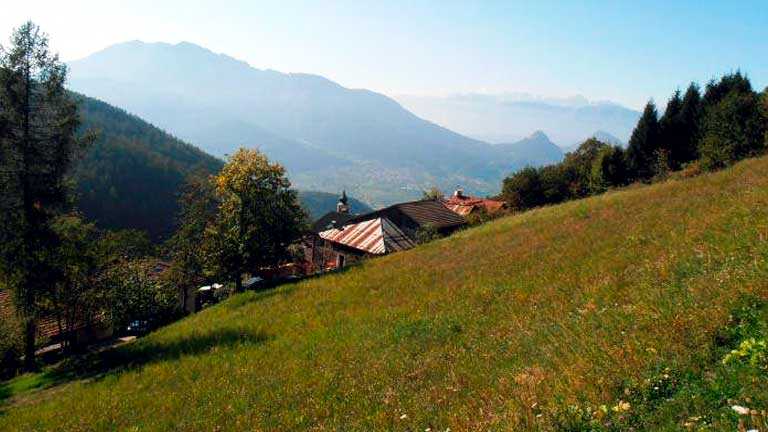
VIGNOLA FALESINA
The town, in German Walzburg-Falisen, has 162 inhabitants and takes its name from the villages that compose it. At one time the Mòchena language was widespread.
The name comes from the Latin "vineola", a small vineyard; the toponym Falesina derives from a pre-Latin name of obscure meaning.
more »